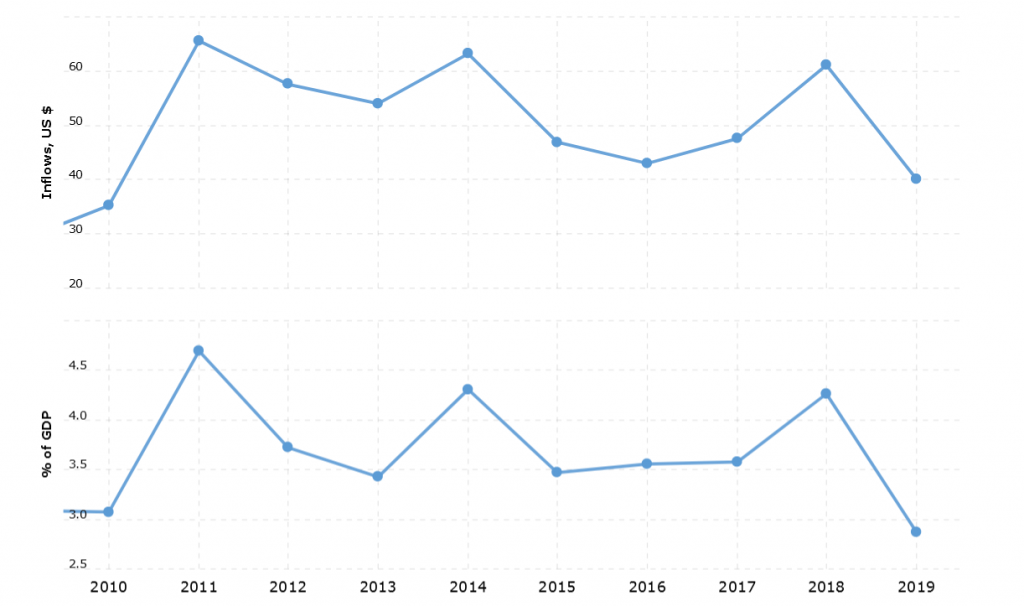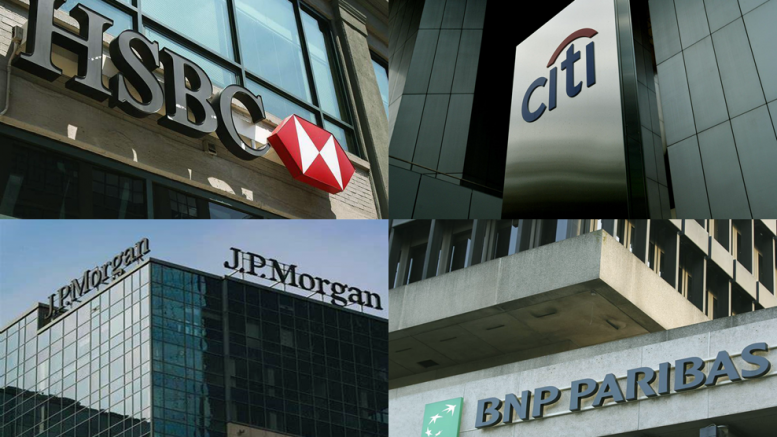Contributed by Joe Montero
Australia has long been far too dependent on foreign investment. The major negative consequences have been dominant ownership by overseas investor ownership and decision making power over the Australian economy and politics.
It has resulted in an economy that is one of the most monopolised in the world. This means that it is far from meeting the criteria for competitiveness. Monopoly power is real, and the capacity of government to manage the economy hamstrung.
Take the four big banks. CommBank, NAB, and Westpac, and the ANZ. The biggest shareholders in all are Britain’s HSBC, and JP Morgan Chase, Citicorp, and BNP Paribas from the United States They share directors on their bards The four banks also own shares in each other and operate as a cartel. Finally, these banks have big share portfolios in every major company and in every industry. Hence the banks operate in a non-competitive way, fleece the pubic, exercise enormous influence over government and regulatory institutions.
New figures reveal that during Covid-1, direct foreign investment into Australia fell from $56 billion in 2019, to $29 billion in 2020. Global investment flows were severely disrupted, and Australia was hit hard by it.
The numbers also reveal the extent to which Australia is dependent on this investment. Gross Domestic Product GDP) in 2021 is $1.3 trillion. In 2018, total foreign investment in Australia was $3.5 billion. This is about a quarter of the economy, in the context where much of the rest is made up of internal transactions by the same and small investments this is formidable.
The graph below shows a close correlation between GDP and the flow of American dollars in and out of Australia, proving the great impact this has on the economy.

Source: Word Bank
The United States accounts for the single biggest block with $196 billion worth of direct investment.
The biggest fall in foreign investment was that from the United States. This makes sense, given the internal problems it was facing with the pandemic and dysfunctional economy. The second biggest fall was that from the United Kingdom, and for similar reasons.
Investment has also been falling, and for longer, due to a shift from traditional industries to finance, property, and infrastructure projects, for which, foreign investors have been providing 90 percent of the funding. Although falling, mining continues to be the number one destination for foreign direct investment.
More is being withdrawn from than invested in Australia. Details of this are not provided in government and other statistics. But by the December quarter last year, the Capital and Financial Account was in the red by $1 billion.
There is as indirect foreign investment, carried out through subsidiaries registered in Australia or through other entities. There are no figures for this either. We do know, the scale is much bigger than the size of direct foreign investment.
The big picture is that control in a few hands is not healthy.


Be the first to comment on "Foreign investment is falling but is still in control"